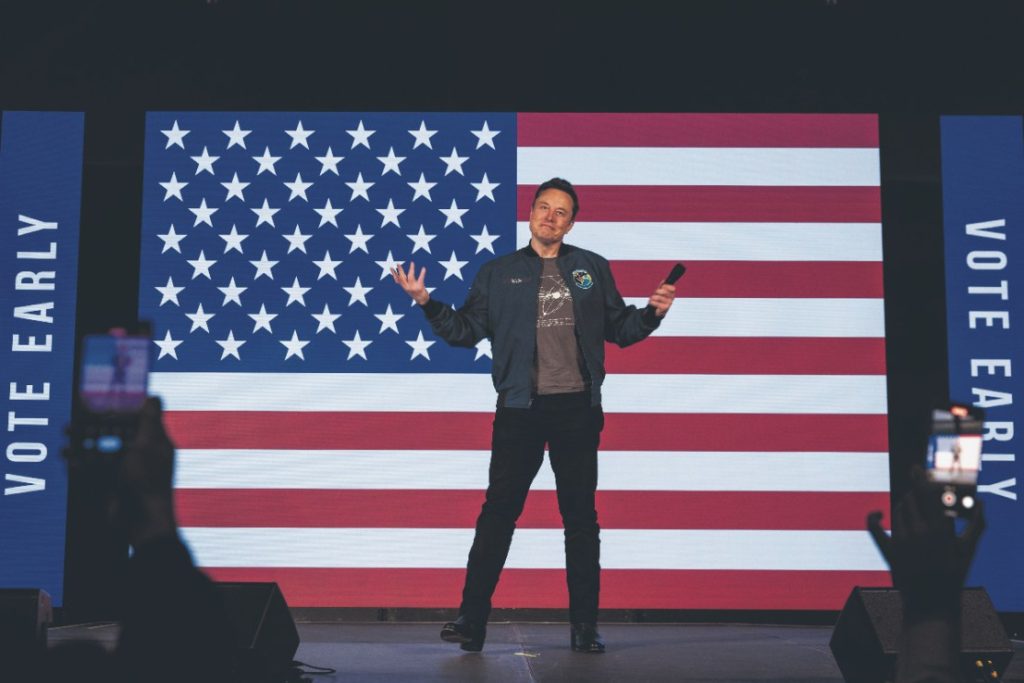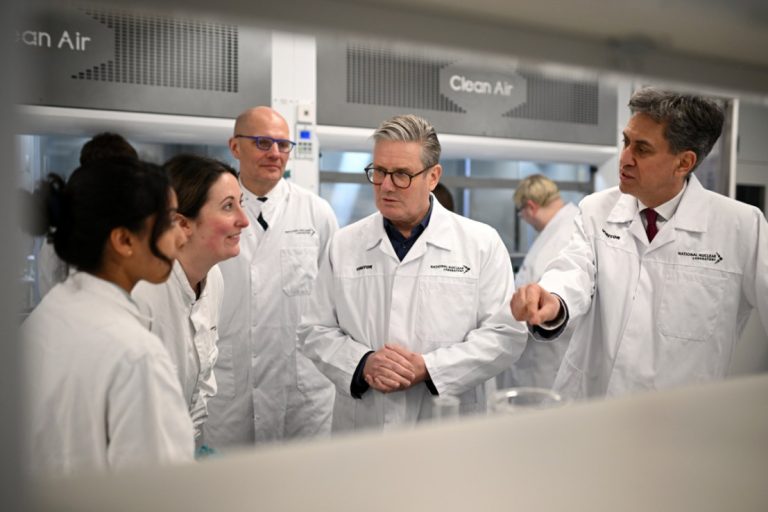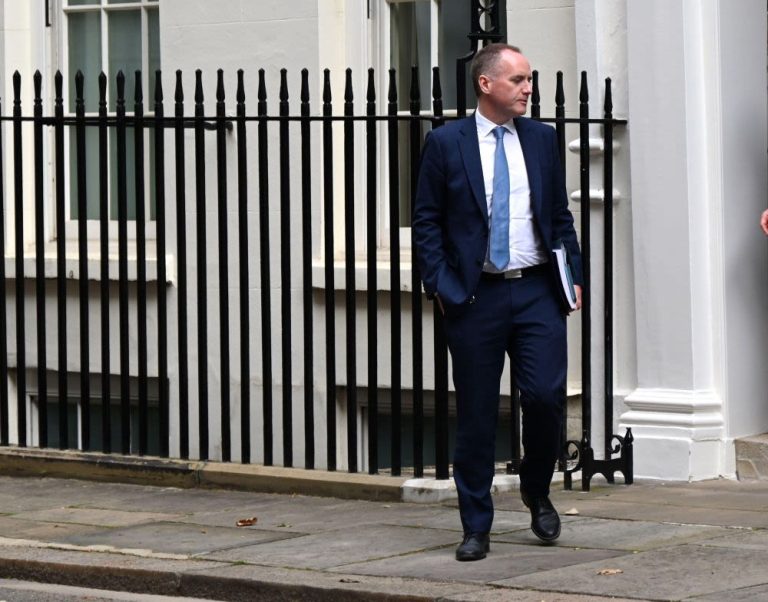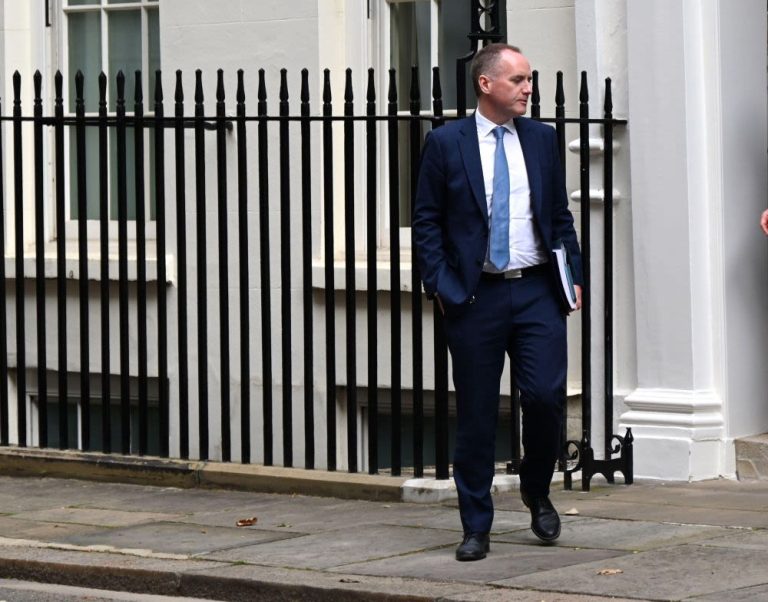
Tesla’s recent financial results may have been underwhelming on the surface, yet the electric vehicle giant is navigating through these waters with a strategic pivot towards artificial intelligence (AI) and robotics, as articulated in their latest earnings call. Despite the challenges reflected in the numbers, where revenue declined by nine percent to $19.3 billion and net income plummeted by 71 percent to $409 million, the narrative around Tesla is shifting, and perhaps rightfully so.
Falling Numbers, Rising Expectations
The drop in delivery numbers, primarily due to planned factory shutdowns for upgrading Model Y production lines, initially raised concerns. Vehicle deliveries fell by 13 percent, reflecting the transitionary pains accompanying significant operational shifts. However, Tesla’s stock edged up more than four percent post-earnings release, indicating investor confidence not necessarily in the immediate balance sheet, but in what is to come.
Elon Musk, Tesla’s CEO, remains bullish on the company’s future in AI and robotics. Emphasizing this strategy, Musk detailed plans for launching Tesla’s first robotaxi service in Austin, Texas by June, with an ambitious aim to have millions of autonomous vehicles providing paid rides by mid-2026. This bold vision is supported by the recent launch of Tesla’s « full self-driving software » in China, marking a crucial expansion into one of the most rigorously regulated markets globally.
AI and Robotics: The New Tesla Frontier
The evolution of Tesla into more than just a car manufacturer is evident. Musk painted a picture of Tesla as a burgeoning AI and robotics firm, noting, « We build physical robots with wheels and humanoid form factors, powered by real-world AI – and this is where we believe the future lies. » Supporting this, Tesla plans to begin pilot production of its humanoid robot, Optimus, within the Fremont facility this year.
This focus on AI is not merely a branding exercise; it’s a practical evolution. Tesla’s current use of AI involves autonomous operations like having vehicles drive themselves from the factory floor to delivery lots, which hints at the tangible advancements under Musk’s vision of a « fully autonomous future fleet. »
Strength in Energy Storage
While vehicles remain Tesla’s core product, its energy division showcased significant promise, posting a 67% revenue increase year-over-year, reaching $2.73 billion. This surge was propelled by record battery storage deployments, notably through Powerwall and Megafactory outputs. With climbing global electricity demands driven by AI data centers, Tesla anticipates further growth in its energy segment.
Tesla’s Chief Financial Officer, Vaihav Taneja, emphasized energy storage as a strategic growth pillar, particularly with the increasing reliance on renewable energy sources that require stable storage solutions to counteract volatility.
Navigating Challenges and Future Prospects
Tesla’s earnings call also highlighted external challenges, including increased costs due to global trade tensions, particularly the impact of US tariffs on Chinese parts. Teneja noted these tariffs could elevate vehicle production costs by approximately $2,000 per unit, despite most materials being sourced from North America. Moreover, China’s export restrictions on rare earth magnets have affected Tesla’s supply chains, including the Optimus project.
Despite these hurdles, Musk’s decision to scale back his advisory role with the White House has positively resonated with investors, potentially reigniting trust within the market. Tesla maintains a substantial war chest, closing the quarter with $37 billion in cash, alongside positive free cash flow and substantial liquidity. Plans for new, affordable vehicle models in 2025 suggest a promising horizon.
In summary, while the recent financial dip might dominate short-term narratives, Tesla is clearly charting a course aimed at long-term innovation and leadership in AI and energy storage. The transition from a vehicle focus to a diversified tech conglomerate might be Tesla’s key to sustaining its dominant market position and achieving Musk’s futuristic promises.



